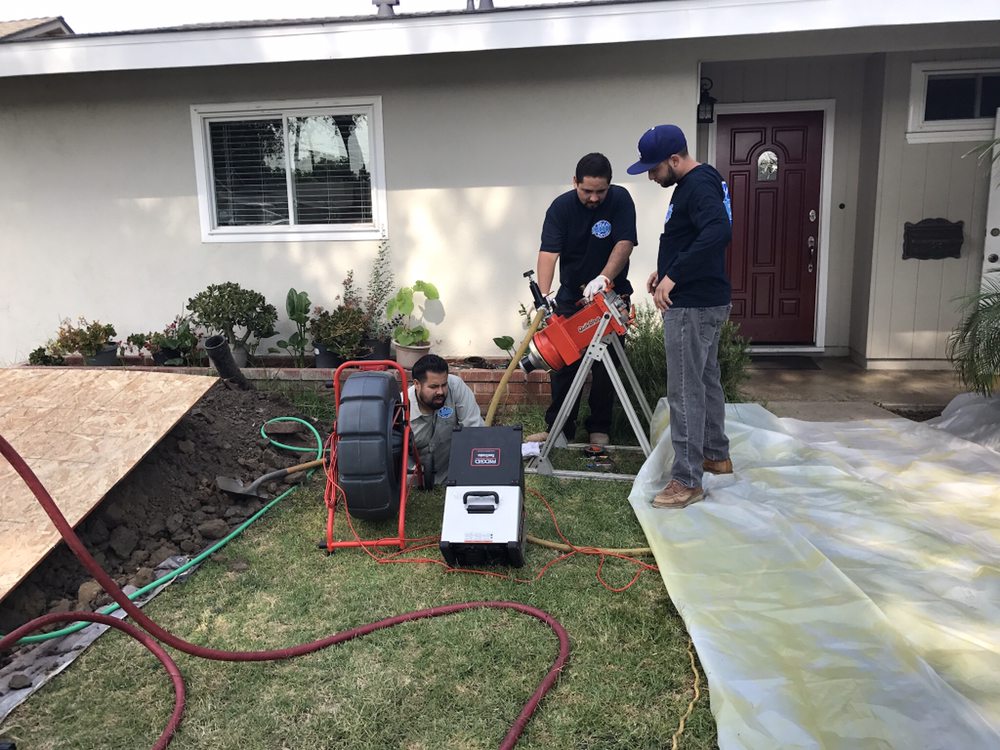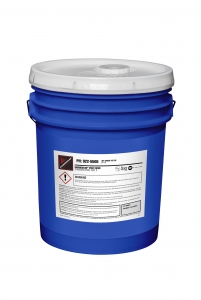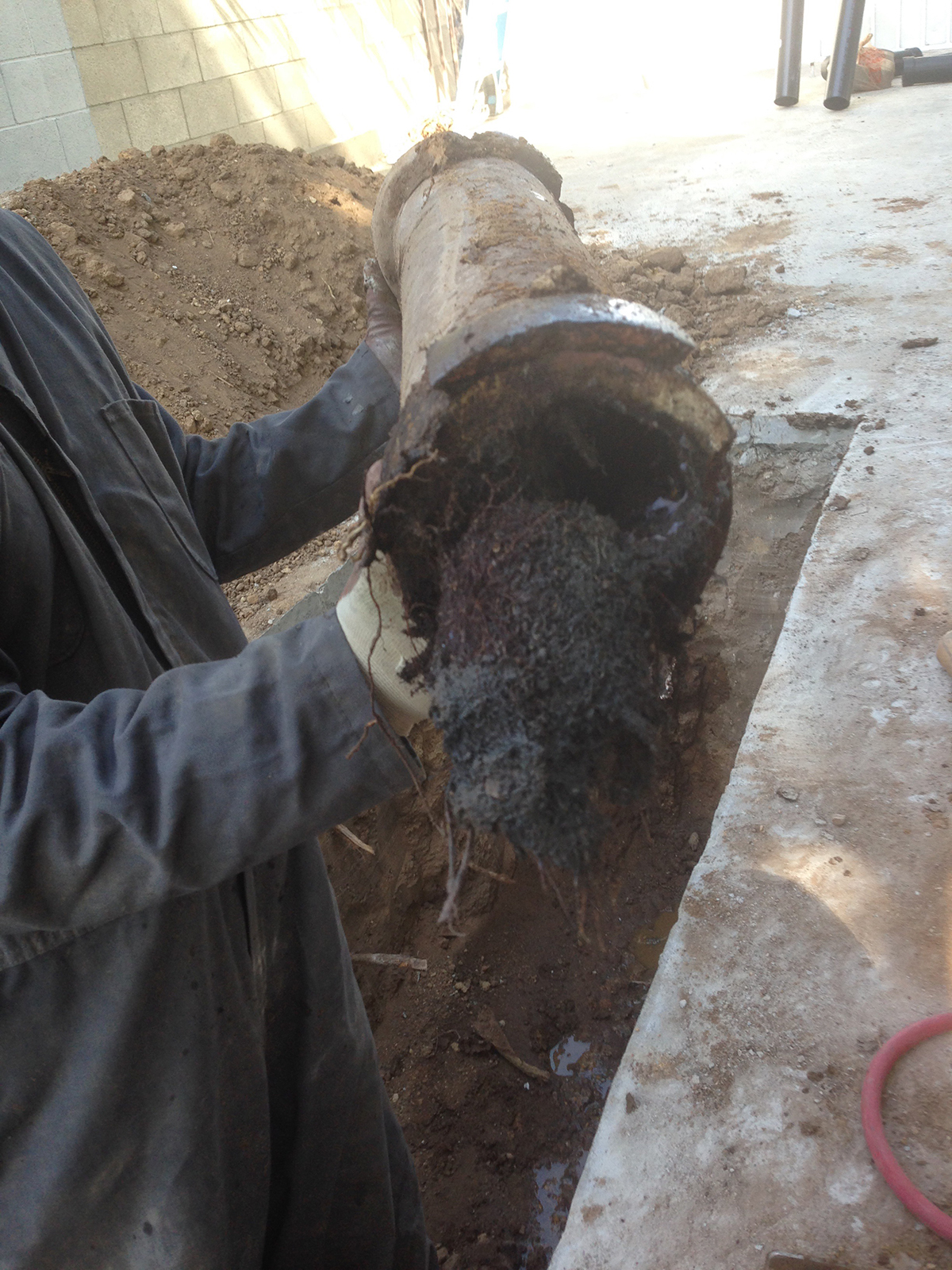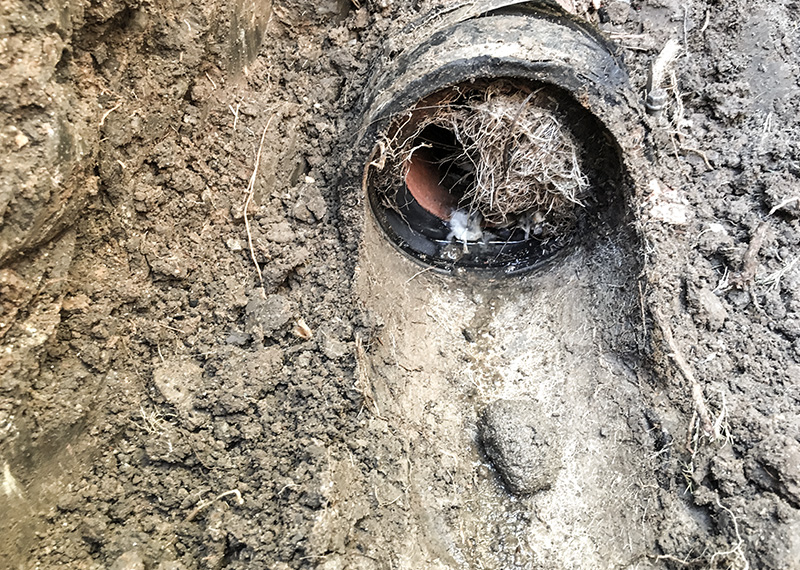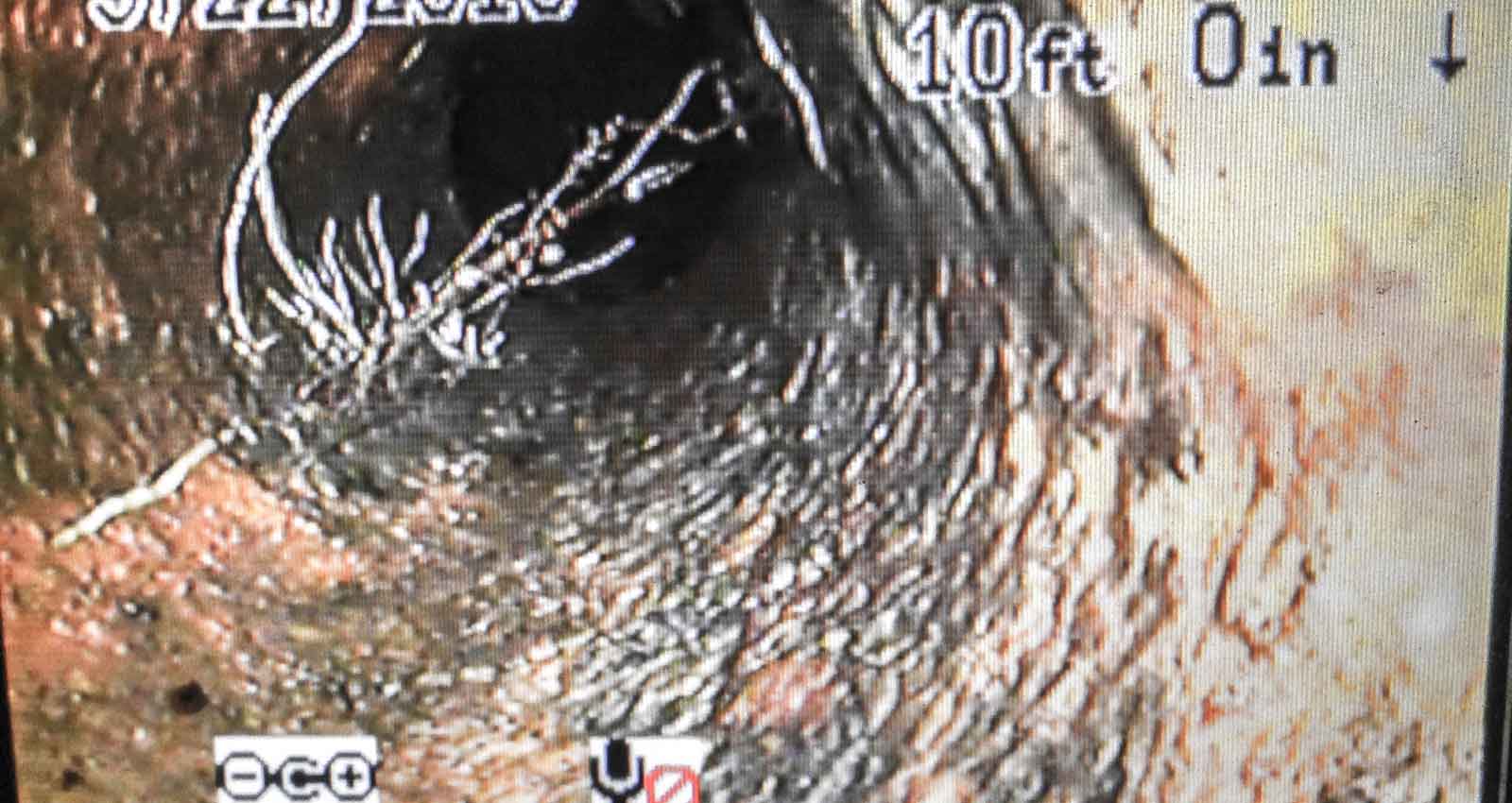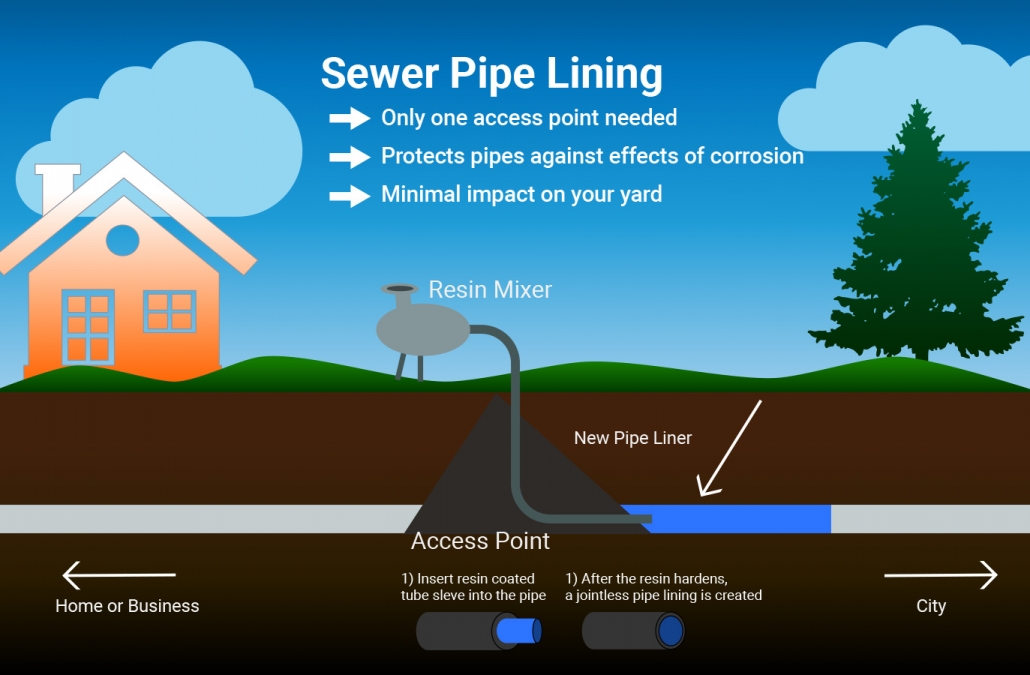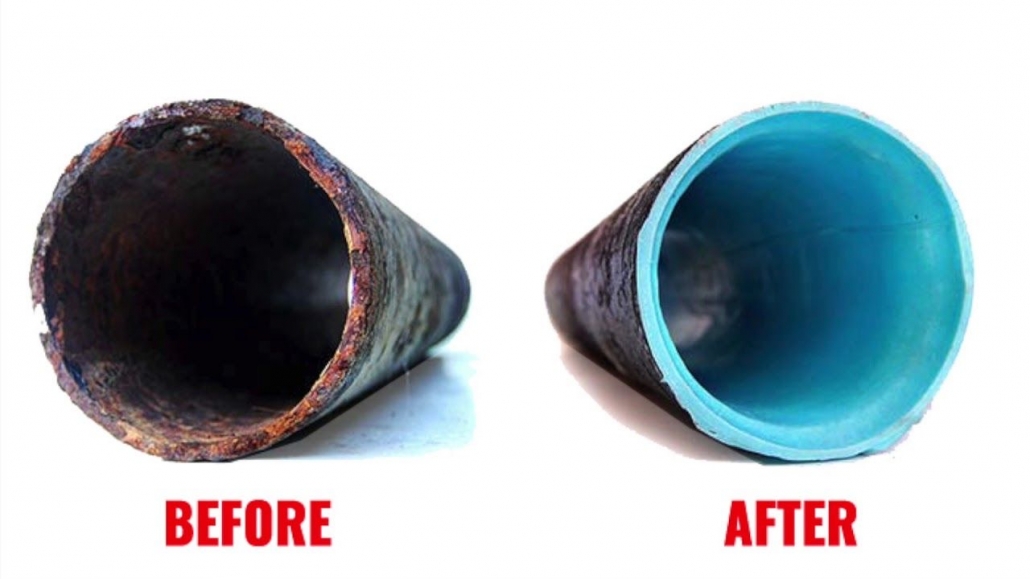Trenchless Pipe Lining
A Permanent Solution to Sewer Repair and Replacing Cracked Pipes
Pipe Problems? Don’t dig up your floors and tear out your walls to replace bad drainage pipes. Pipe Lining is a minimally invasive, cost effective and environmentally friendly way to rehabilitate your existing pipes without the mess of conventional repairs.
What is trenchless pipe lining?
Trenchless pipe lining is the newest technology to repair sewer and drain pipes. It will save time and the expense of breaking up floors, digging front yards, and demolition of driveways.
Trenchless pipe lining is also known as Cured in Place Pipe (CIPP). It is the complete rehabilitation of a pipe by creating a new pipe within the existing pipe using a high end formula of epoxy resins.
What is an epoxy resin?
Epoxy resins are thermoset plastics made by the reaction of two or more industrial compounds. Epoxy is one part of a hardening system. A solvent is mixed with the epoxy base to form a resin that uses lateral liners to cure a pipe within a pipe.
Pipe Lining Supply located in Anaheim, California provides Ted & Bros Plumbing with the resin and hardener system for lateral lining. The Quik-Shot™ system is the system used by Ted & Bros Plumbing. It is the most advanced lateral lining system available. If you would like more information regarding their products, please visit their website at pipeliningsupply.com. Click here to see a demo. Demo 2.
How will I know if I need trenchless pipe lining?
Before you consider having a plumber dig up your whole front yard, you should have an experienced plumber conduct a thorough sewer line camera video inspection to help identify the problem first. If it is determined that you have root intrusion or cracks in the connections of your pipes, trenchless pipe lining is an alternative to digging up your whole front yard. Here are five main reasons why a plumber will offer trenchless pipe lining:
- Roots have broken through your pipes underneath your home and have grown through your sewer joints. This is known as root intrusion. If this has happened, you will definitely have to replace the broken/cracked pipes and/or sewer joints.
- Your toilets, showers, and/or sinks continue to clog up even after you have had a plumber fix the problem before.
- If your home is over 50 years old and you haven’t had any permanent repairs. .
- You continue to pay for repetitive hydro-jetting services.
- Your neighbors are having the same problem.
What is root intrusion?
According to the United States Department of Agriculture,”Interference between trees and sewer systems is likely to occur in old systems and in cracked pipes. Factors that contribute to damage include old pipes with joints, shallow pipes, small-dimension pipes, and fast-growing tree species. Because roots are reported to cause >50% of all sewer blockages, costs associated with root removal from sewers are substantial. In smaller-dimension pipes, root removal every year or every other year is common.” The roots are usually found in the transition from cast iron pipe to clay pipe. Clay pipe is all the way into the middle of the street. Since there is a transition, there is a joint that connects the pipe and that is where the roots grow into.
How can I tell if I have roots in my pipes?
The best way to determine whether root intrusion has occurred is to have an experienced plumber conduct a thorough sewer line camera video inspection to help identify the problem. However, before you call a plumber, you may want to inspect the perimeter of your home or business and look for visual cues. Below are some common signs of root intrusion:
- Concrete slabs show signs of cracking and lifting.
- You have soggy spots in your lawn or garden.
- Visible sinkholes.
- Enhanced tree growth.
- Visible tree roots above the ground.
- Unpleasant odors.
How does trenchless pipe lining work? (Process and Conditions)
Sewer lining systems involve three basic steps that inspect the pipe to assess damage, clean the pipe to make sure it is in pristine condition for lining, and repair the pipe through a single access point.
Three Basic Steps to Sewer Lining
- Inspection – Sewer camera inspections are a necessary aspect of sewer lining because it allows your team to get a real-time view of a pipe’s interior. Through a single access point, whether it is a cleanout hole or a hole you strategically dig, you will insert your high-resolution camera into your pipe to explore your customers’ sewer or drain system. The inspection will reveal the areas of the pipe that need repair in addition to showing you what areas need a thorough cleaning due to clogs, blockages, tree root invasion, and more.
- Cleaning – Drain cleaning is the second step of the sewer lining process which ensures that the lining has a clean surface to take to. Hydro jetting is the primary cleaning method used before sewer lining. A hose with a special multi-directional nozzle will be inserted into your clients’ pipe. When securely in place, you will release the high-pressure water into your clients’ pipes, flushing out all debris and buildup. Once completed, the damaged pipeline will be prepared for lining.
- Lining – Sewer lining is a seamless process where you will saturate a felt liner with a special epoxy resin. When the liner is completely saturated, you will push it through your clients’ pipe coating the walls. The liner is left in place to harden for several hours or 60 minutes if heat is used. After the epoxy has cured-in-place, the liner will be removed and there will be a brand-new pipe inside of the existing one.
Two Most Common Conditions to Begin the Trenchless Pipe Lining Process
There are two ways to start the process of trenchless pipe lining.
Note: During this process, the toilet can NOT be used.
- The Cleanout – The most convenient place is to start at the cleanout. A cleanout is located outside the home where it is easier to have access to the sewer. Here are the steps to begin the trenchless pipe lining if there is a cleanout:
- Dig around cleanout
- Snake to unclog – pipe is full of water and technicians can’t see anything
- Camera inspect the line
- Hydrojet – it will remove all the roots and leave the pipe open to its full diameter.
- Perform the liner – this process alone is a duration of 5 to 6 hours
- After liner cures, the line will be inspected.
- At the Roof Vents – If there isn’t a cleanout, the plumbers must start at the roof vents. Here are the steps to begin the trenchless pipe lining if there isn’t a cleanout:
- Snake to unclog – pipe is full of water and technicians can’t see anything
- Camera inspect the line
- Find the lowest sewer lateral nearest to the house
- Start digging
- Cut pipe
- Hydrojet – it will remove all the roots and leave the pipe open to its full diameter.
- Perform the liner – this process alone is a duration of 5 to 6 hours
- Install a two-way cleanout outside of the home
- After the liner cures, the line will be inspected
What will my sewer look like after the trenchless pipe lining process?
Once the pipe lining process is complete, you will have a brand new pipe inside the existing one.
How long will the pipe liner last?
Although most plumbers do not warrant their work, at Ted & Bros Plumbing, Inc. we warranty our trenchless pipe lining repairs for up to 7 years. Additionally, the manufacturer of the epoxy resin provides a 50 year warranty for all pipes created using their materials.
Are you experiencing backed up toilets, sinks, or showers?
If you are experiencing any of the symptoms mentioned on this page, please contact Ted & Bros. Plumbing in Fullerton, CA. at 714-290-0080 or email us at tedandbros.plumbing@gmail.com
About Ted & Bros. Plumbing, Inc.
Ted & Bros Plumbing technicians will provide a professional diagnostics and will provide the best option suited for your home. They will explain the process, services included, and cost. Trenchless pipe lining will solve any clogs you have been experiencing in your home.

